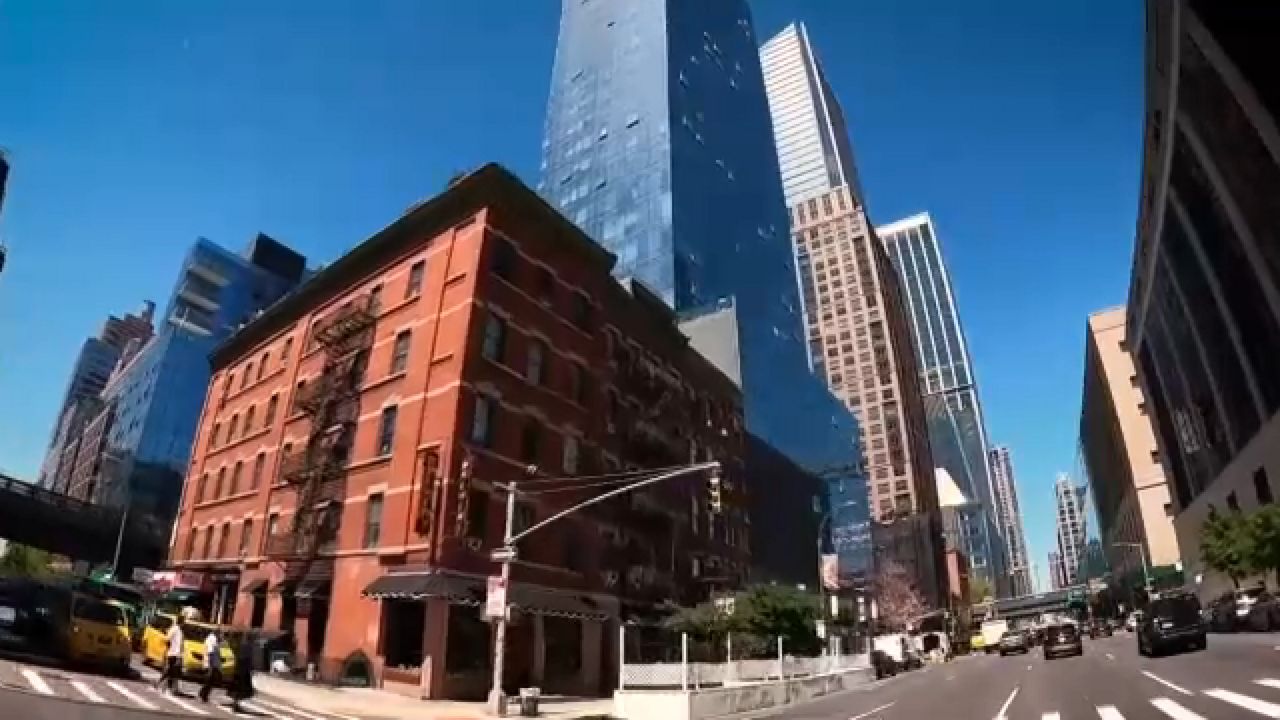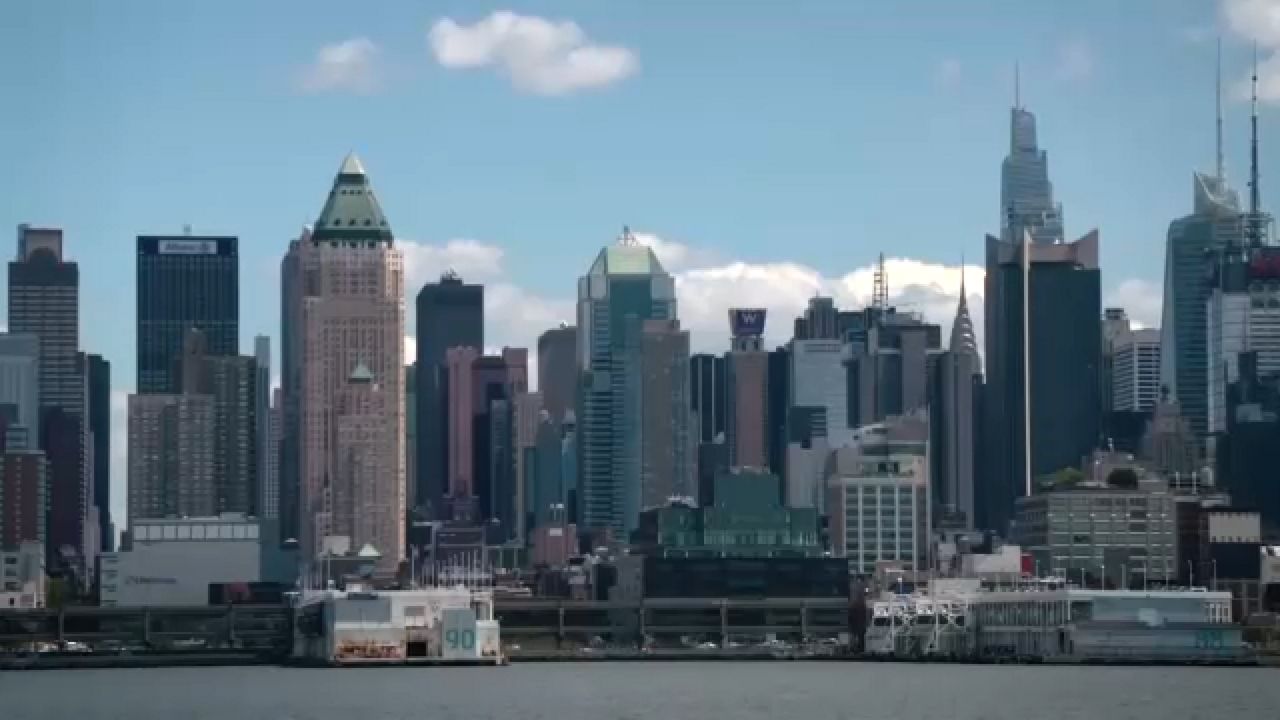“Washington Heights is doing the right thing…” So says Manhattan Borough President Mark Levine, other elected officials and neighborhood groups, as well as environmental groups, gathered outside this Washington Heights residential complex.
They ask Mayor Adams not to compromise on the implementation of the so-called Local Law 97, which requires most buildings larger than 25,000 square feet to meet new limits for energy efficiency and greenhouse gas emissions next year, with stricter limits from 2030.
“The real estate industry is reaching out, asking for exemptions, delays or lower sales, and if we do that, we’re not going to do what it takes to protect our planet,” Levine says.
At the forefront of evolution and compliance with legislation passed in 2019, Hudson View Gardens, a 350-apartment working-class cooperative built in 1924 that has upgraded its heating systems and begun the migration to more efficient air conditioning systems.
“We are a community that has suffered from the impact of the climate crisis and we understand that our responsibility is also to add to the objectives of trying to electrify our buildings and lower emissions,” said Councilwoman Carmen De La Rosa.
All buildings covered by this law must submit an emissions report certified by a design professional no later than May 1 beginning in 2025.
But the country’s most progressive environmental law faces the same problem as other climate change goals: getting it done at all levels.

“There must be a mechanism through which the processes of granting permits to those buildings and the fines are considered”, suggests Adriano Espaillat.
And it is that until now, there are vacancies in the city agencies in charge that worry the elected officials, in addition to the misinformation.
Meanwhile, Carmen De La Rosa continues saying:
“We have to do more education so that people understand what the criteria of the law are and also that there is financial aid. That is the worst enemy of the law, that people get stuck in the financial scheme.”
Law 97 has fines in three categories of infractions:
– For failure to file a report: 50 cents per square foot of building, per month.
– For exceeding the emission limit: 268 dollars for each metric ton over the established limit
– And for providing false statements: $500,000.


